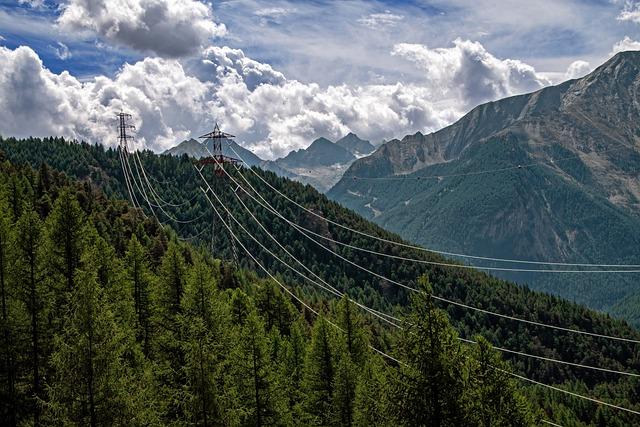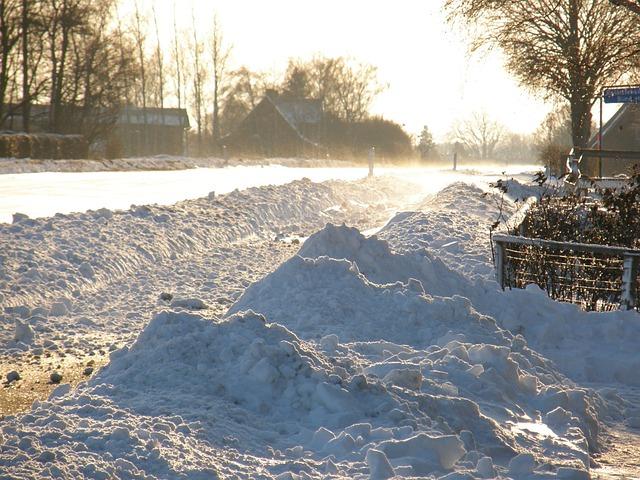The Use of Trees in Erosion Control

Erosion control is a critical aspect of environmental conservation, and one effective method that is gaining recognition for its benefits is the use of trees. Trees play a crucial role in stabilizing soil and preventing erosion through their extensive root systems that help hold soil in place, even after being cut.[2] Additionally, trees are an essential component of green infrastructure, offering numerous benefits for soil conservation and erosion control.[3] In this article, we will delve into the importance of trees in erosion control, exploring how their presence can effectively combat soil loss and contribute to sustainable land management practices.
Benefits of Using Trees for Erosion Control
Using trees for erosion control offers numerous benefits to the environment. Trees help stabilize soil and prevent erosion by creating a network of roots that hold the soil in place. They also absorb excess water, reducing runoff and minimizing the risk of flooding. Additionally, trees provide habitat for wildlife, improve air quality, and enhance the aesthetics of the landscape.
Types of Trees Suitable for Erosion Control Purposes
- Willow
- Pine
- Poplar
- Bamboo
Best Practices for Implementing Tree-Based Erosion Control
- Plant native tree species
- Ensure proper spacing between trees
- Regularly monitor and maintain the trees
- Combine with other erosion control measures, such as mulching
Q&A
Q: Why are trees essential for erosion control?
A: Trees help prevent erosion by establishing root systems that hold soil in place and absorb excess water.
Q: What types of trees are most effective for erosion control?
A: Deep-rooted trees such as pine, poplar, and willow are highly effective at stabilizing soil.
Q: How do trees help reduce surface runoff?
A: Trees intercept and retain precipitation, slowing down the flow of water and reducing surface runoff that can cause erosion.
Q: Can planting trees prevent landslides?
A: Yes, trees can help prevent landslides by stabilizing steep slopes with their root systems and reducing the risk of soil erosion.
Q: How can trees be incorporated into erosion control plans?
A: Trees can be strategically planted along waterways, on slopes, and in areas prone to erosion to help stabilize soil and reduce runoff.
Q: Are there any considerations to keep in mind when using trees for erosion control?
A: It is important to choose native tree species that are well-adapted to the local environment and to consider factors such as soil type, slope gradient, and drainage patterns when planning tree planting projects.
Conclusion
the use of trees in erosion control is a sustainable and effective method to prevent soil erosion and promote environmental stability. By utilizing trees for erosion control, such as through mulch, compost, or repurposing Christmas trees, we can protect land from degradation caused by wind and water runoff. Additionally, planting specific vegetation that aids in erosion control can significantly contribute to maintaining soil health and preventing erosion. This approach not only benefits the environment but also helps in mitigating the impacts of erosion on landscapes. Consider incorporating these tree-based erosion control methods into your land management practices to create a more resilient and healthy ecosystem. For more information on addressing erosion problems and protecting eroded land, and for ideas on repurposing Christmas trees to prevent coastal erosion, refer to resources such as [1] and [2]. Be sure to explore the variety of plants specifically designed for erosion control and prevention as well, as outlined in [3]. Embrace the power of trees in erosion control to safeguard our land and support a healthier environment for generations to come.
Simpsons Tree Services, Servicing Melbourne’s North Eastern Suburbs
Book a quote online at www.simpsonstrees.com.au


